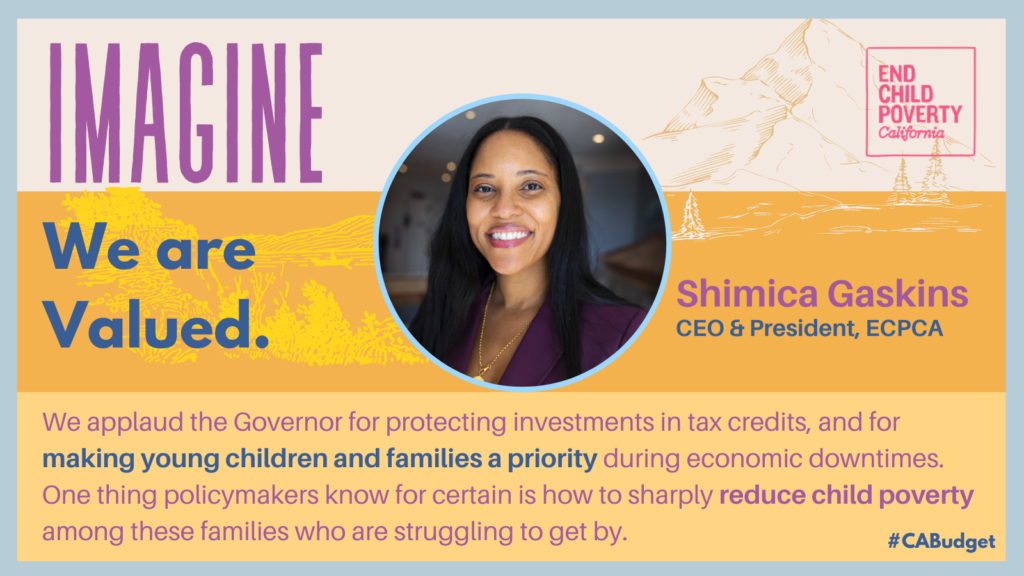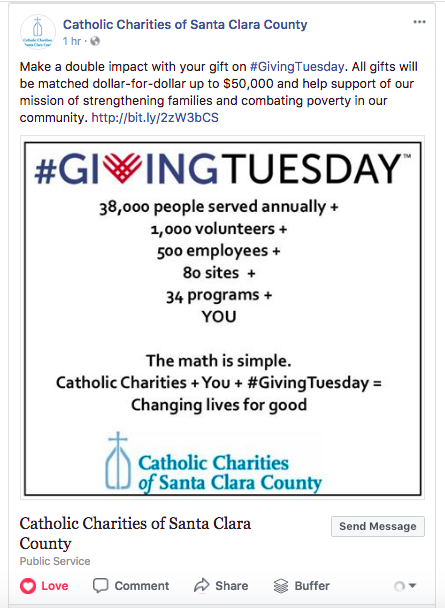RELEASE: Western Regional Anti-Hunger Joint Statement Opposing SNAP Cut Offset in the 2023 Federal Omnibus

December 20, 2022
Our organizations are members of the Western Regional Anti-Hunger Consortium (WRAHC), a coalition of anti-hunger groups across the Western United States. We write with deep appreciation by leaders in Congress to secure badly needed investments in programs that prevent hunger in the end of year omnibus spending bill. This includes some of the first improvements to child nutrition programs in over ten years. We cannot, however, support an offset to create a Summer EBT program by cutting SNAP benefits, and urge Congress not to consider any sources that are dedicated to existing anti-poverty programs.
The pandemic proved unequivocally that hunger and poverty are a policy choice, and that government can solve these crises when it acts. In 2021, child poverty fell to a record low of 5.2%, and food insecurity for households with children fell to a two-decade low.1 Expanded federal response to the pandemic-induced economic crisis, including Emergency Allotments provided through the Supplemental Nutrition Assistance Program (SNAP), and temporarily available nationwide school meals for all, made key contributions to that success.2
The West has long led the way in identifying the need for3 and championing4,5 the effort to create a permanent, nation-wide Summer EBT program that would provide a grocery card to children in low-income families during the summer, the hungriest months for children. It has been shown as one of the most effective interventions to fight child hunger.6
As much as we support Summer EBT, we cannot support the offset to cut SNAP by prematurely ending the Emergency Allotments, which will on average mean a loss of $82 per person a month.7 This is consistent with our position against the 2010 Healthy Hunger Free Kids Act that funded improved school meal nutrition standards by prematurely sunsetting the SNAP boost from the ARRA. This created a major hunger cliff,8 which contributed to the decade long period of elevated hunger and poverty.9
These programs are extremely valuable on their own merits and should not be pitted against one another. SNAP is the first and best line of defense against hunger for these children and their families. And for many children in low-income families, meals offered through child nutrition programs in and out of school provide invaluable nutrition assistance. Taking money from one nutrition program that benefits low-income children and families to pay for another does little to alleviate the struggle with hunger these families are experiencing especially in these times when food prices have increased 13% over the last year.10
Additionally, reducing SNAP benefits now will be more harmful for our economy which stands on the brink of recession. Research shows that in a slowing economy, every $1 of SNAP spent generates between $1.50 to $1.80 in economic activity or contributes $1.54 billion to our GDP.11 Ending the Emergency Allotments means less spending in local food economies, the loss of jobs, and most importantly, less food on the family dinner table.
We urge Congress to pass an omnibus that includes comprehensive child nutrition reauthorization including long overdue improvements to the Community Eligibility Provision as well as establish nationwide permanent Summer EBT before the end of the 117th Congress, without cuts to SNAP or any other antipoverty programs as an offset. We believe this is the best way to ensure that all children have access to healthy meals through SNAP and child nutrition programs.
Sincerely,
Anti-Hunger & Nutrition Coalition
California Association of Food Banks
Coalition of California Welfare Rights Organizations
Equal Rights Advocates
Food Bank of Northern Nevada
GRACE & End Child Poverty CA
Hunger Free Colorado
Idaho Hunger Relief Task Force
Northwest Harvest
Nourish California
Oregon Food Bank
Partners for a Hunger Free Oregon
Western Center on Law and Poverty
2 https://www.census.gov/library/stories/2022/09/record-drop-in-child-poverty.html
3 https://voiceofsandiego.org/wp-content/uploads/2014/05/Summer+Meals+Report_April+2014_SDHC.pdf
4 https://www.congress.gov/bill/117th-congress/house-bill/3519
5 https://www.congress.gov/bill/117th-congress/senate-bill/1831
7 https://www.fns.usda.gov/tfp/blog-083021
8 http://foodbanknyc.org/wp-content/uploads/HungerCliff_ResearchBrief.pdf
11 https://www.ers.usda.gov/webdocs/publications/93529/err-265.pdf









